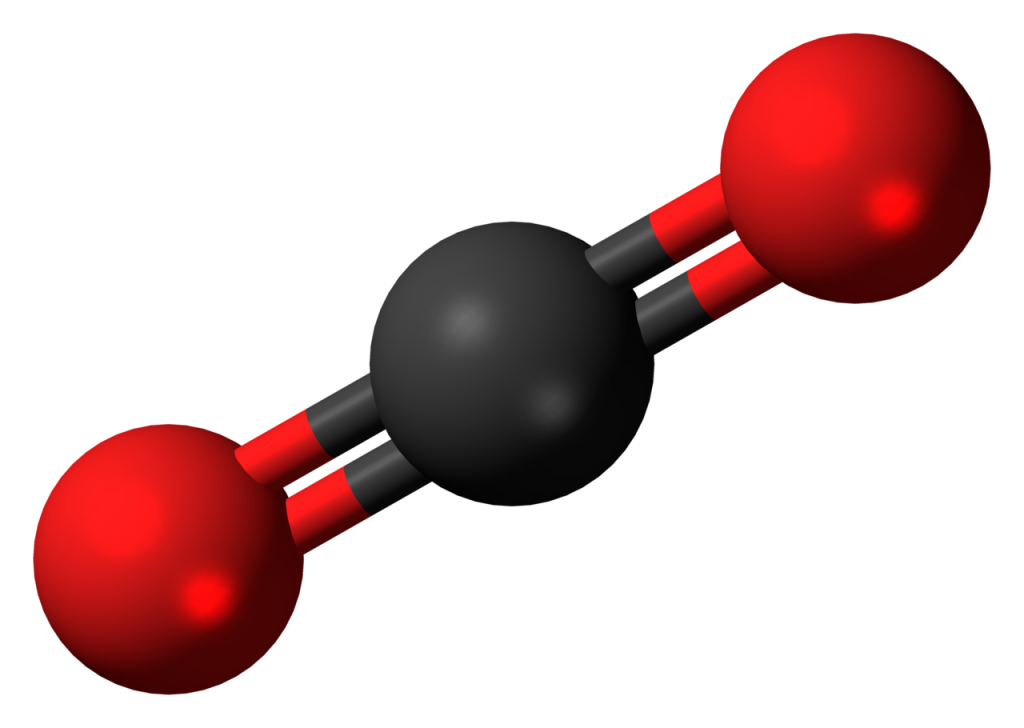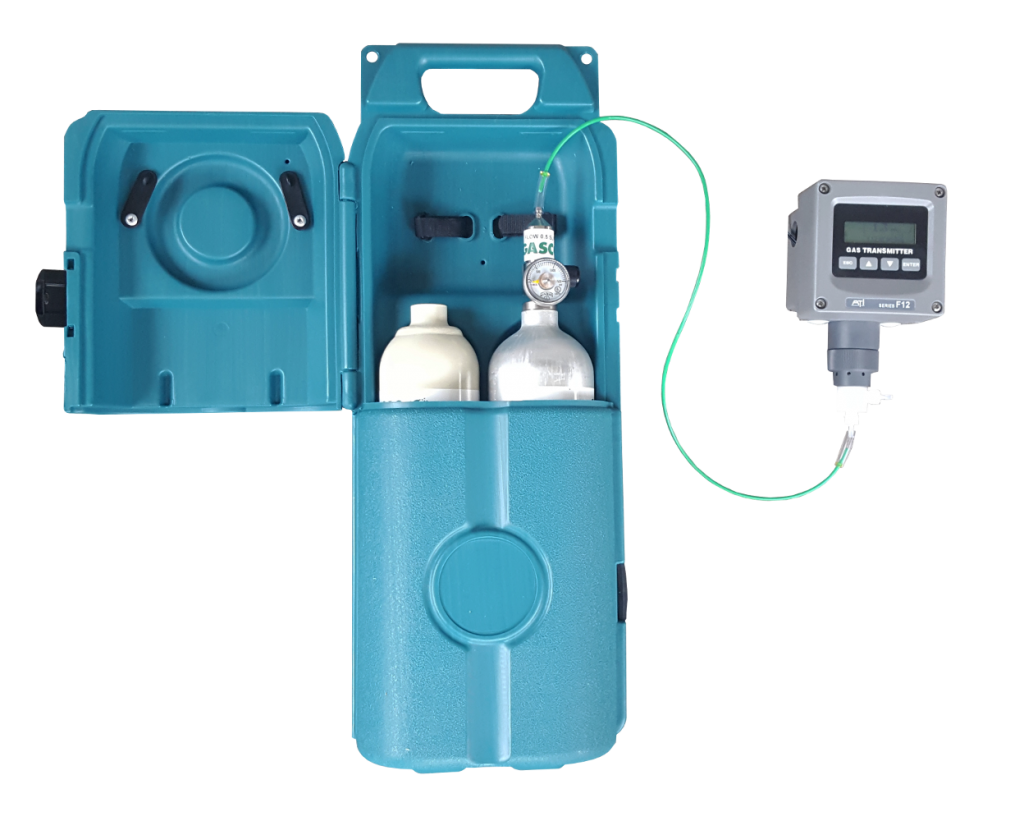Carbon Dioxide, often known by its chemical formula CO2, is a colorless and odorless gas that plays a crucial role in our environment and daily lives. While it’s naturally occurring and essential for the respiration cycle of plants and animals, excessive concentrations of CO2 can pose health risks. This blog post delves into the various aspects of carbon dioxide, from its uses in various industries to the potential health risks and the importance of regulation.
Other Names and Chemical Formula
- Other Names: Carbonic anhydride, dry ice
- Chemical Formula: CO2
- CAS Number: 124-38-9
Industry Uses
Carbon dioxide finds applications across a wide range of industries:
- Agricultural Chemicals: CO2 is used in the agricultural sector for enhanced plant growth and pest control.
- Food Processing and Packaging: It’s utilized in food processing to chill and freeze food products, preserving their freshness.
- Fuel and Oil-Related Products: In the oil and gas industry, carbon dioxide is used for enhanced oil recovery (EOR) to extract hard-to-reach oil reserves.
Health Risks
While carbon dioxide is mostly non-toxic at typical atmospheric concentrations, prolonged exposure or high concentrations can lead to several health risks, including:
- Cold Contact Burns: Solid and liquid CO2 can cause cold contact burns and frostbite.
- Increased Respiration Rate: Breathing in elevated CO2 levels can lead to an increased respiration rate.
- Headache: High concentrations of CO2 can cause headaches.
- Unconsciousness and Death: In extreme cases, excessive exposure can result in unconsciousness or even be fatal.
Vapor Pressure, Water Solubility, Flammability, and Odor
- Vapor Pressure: 56.5 atm
- Water Solubility: Carbon dioxide is miscible in water.
- Flammability: CO2 is not flammable.
- Odor: It is odorless.
Carbon Dioxide in the Environment
Carbon dioxide is both a natural component of Earth’s atmosphere and a critical factor in climate change. It makes up about half a percent of our atmosphere and is essential for the photosynthesis process in plants. However, excessive levels of CO2, primarily from fossil fuel use and deforestation, are the major drivers of global warming and climate change. Carbon dioxide is responsible for around 81% of U.S. greenhouse gas emissions and also contributes to ocean acidification, which harms marine ecosystems.
Carbon Dioxide Exposure and Health Risks
Carbon dioxide is naturally expelled from the body as a waste product of cellular respiration. Inability to eliminate CO2 leads to health issues. Here are some exposure limits set by regulatory bodies:
- 5,000 ppm: Time-Weighted Average (TWA) for 8 hours (NIOSH)
- 10,000 ppm: TWA for 8 hours (OSHA)
- 30,000 ppm: Short-Term Exposure Limit (OSHA)
Measuring Carbon Dioxide
Measuring carbon dioxide levels is vital for both indoor air quality and environmental monitoring. CO2 can be measured in the air or in water (dissolved) using parts per million (ppm) as a unit of measurement. This is especially important for preventing aquatic ecosystem damage due to acidification. Various instruments are available for this purpose, including portable, fixed, and dissolved CO2 monitors and kits.
All our Carbon Dioxide monitors can be found here: https://www.gas-sensing.com/support/gas-information/carbon-dioxide.html
Calibration Services
For accurate and reliable measurements, it’s crucial to calibrate CO2 sensors regularly. Calibration ensures that your gas measurements are within manufacturer standards. There are different calibration procedures for various sensors, and costs can vary based on the sensor type. Prices are subject to change based on labor and parts required.
If you’re in need of calibration services or have questions about choosing the right monitor for your specific application, feel free to contact us for assistance.
In conclusion, carbon dioxide is a versatile and essential gas in various industries and ecosystems, but it must be handled with caution due to the potential health risks associated with high concentrations. Regulation and regular calibration are key to ensuring the safe and effective use of this ubiquitous gas.




